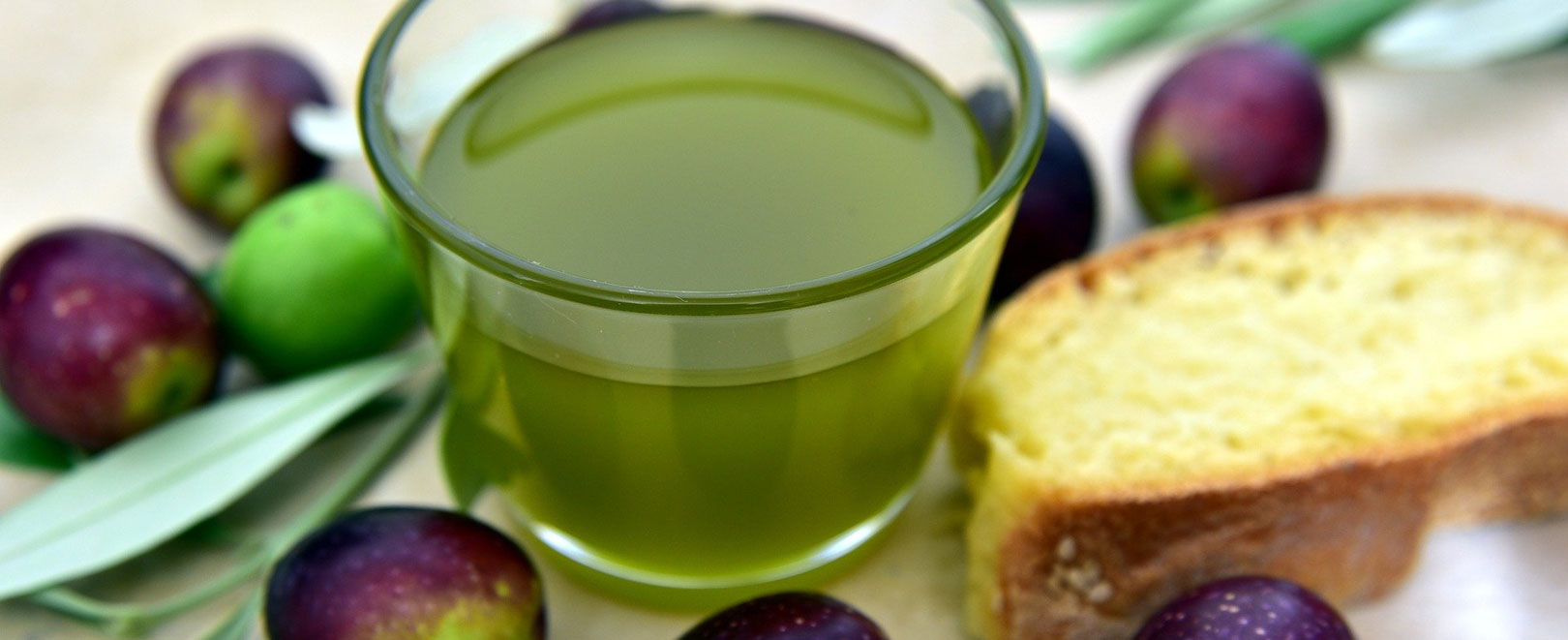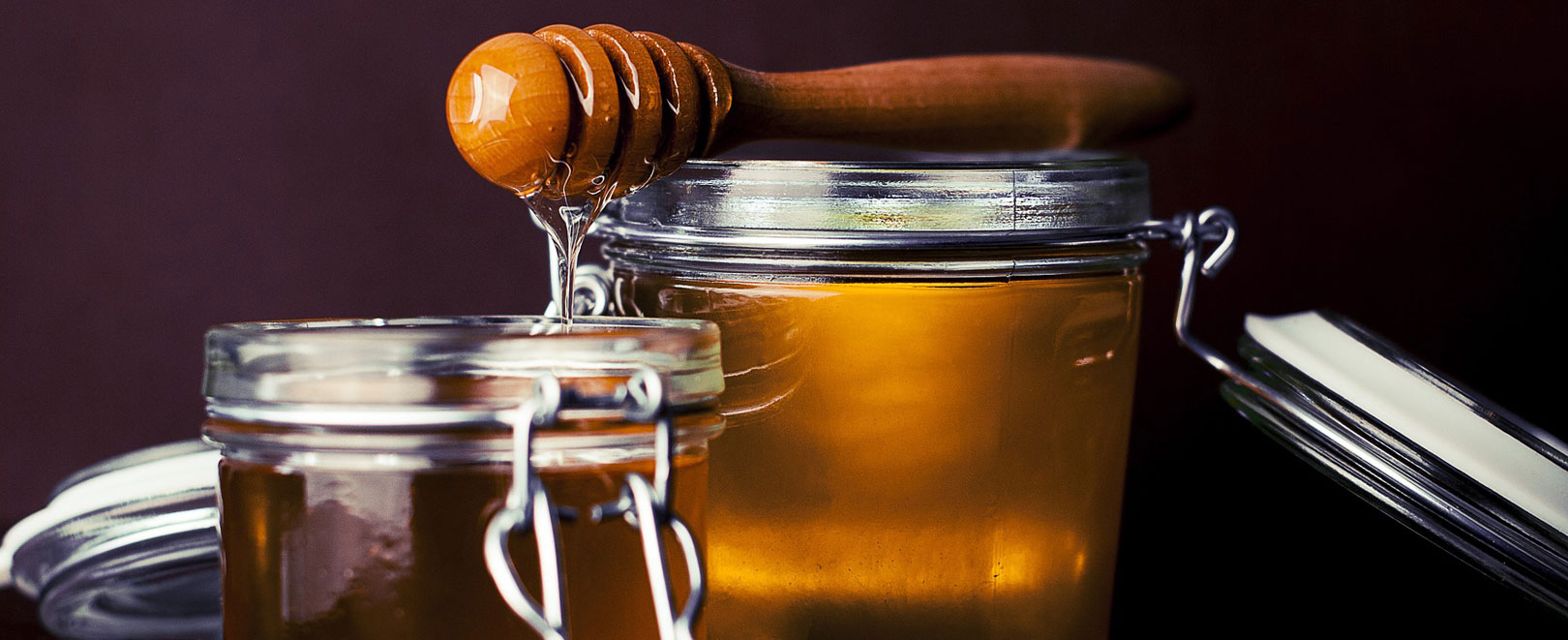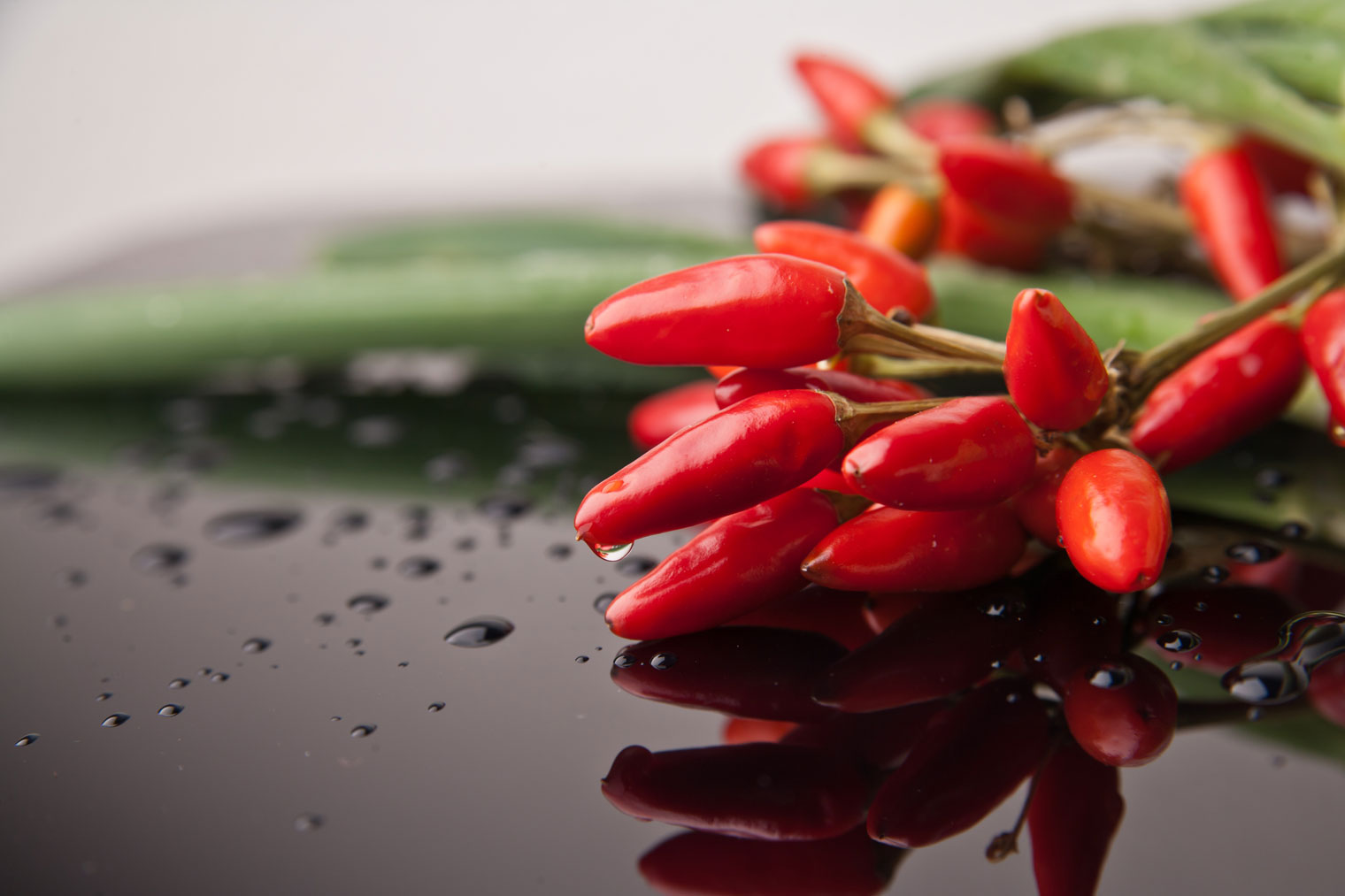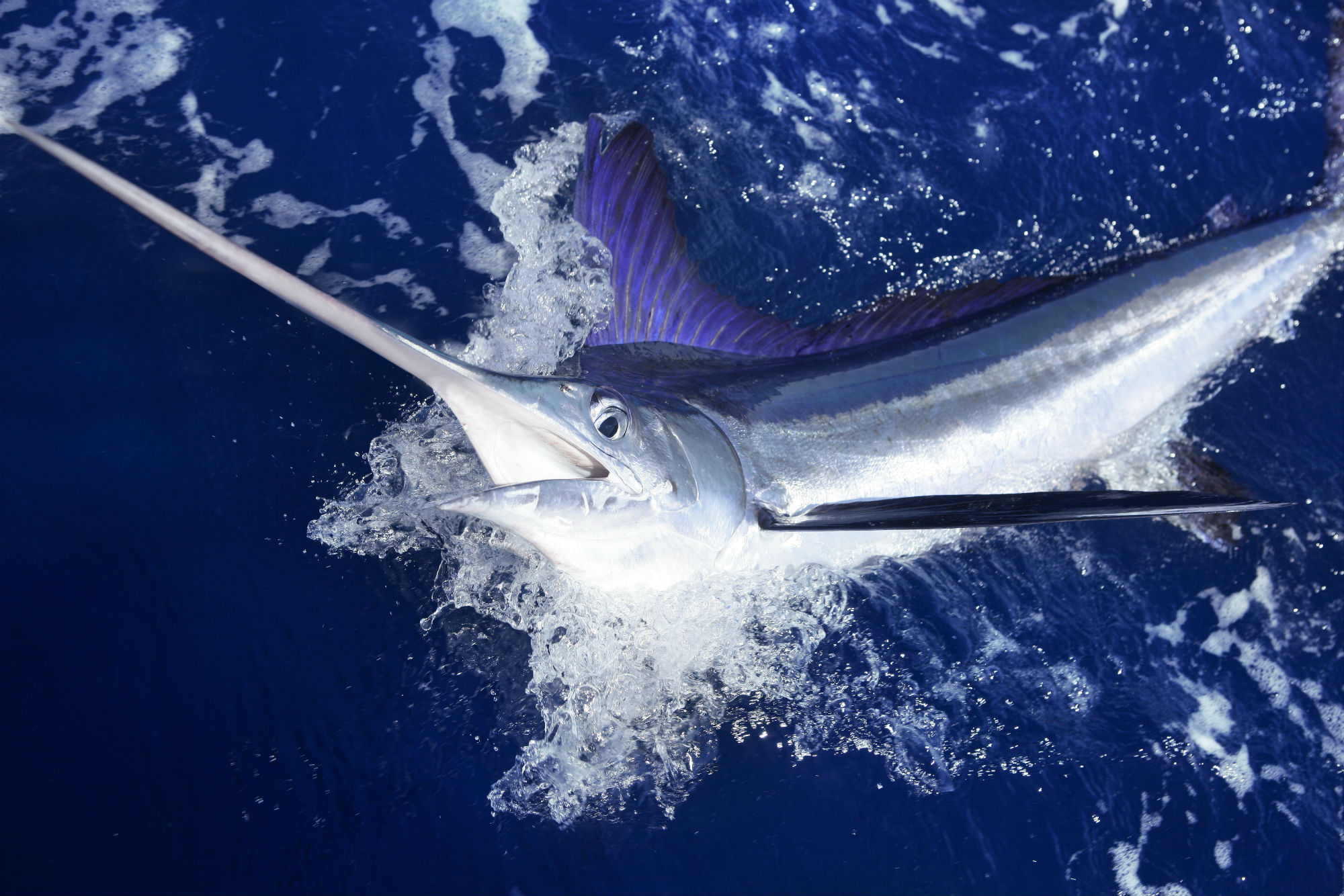The olive tree, a typical Mediterranean plant, has a documented presence in Calabria since the 8th-7th century BC, when the Greeks imported it from Asia Minor. However, the ancient Romans spread the oil crops in a capillary and perpetual manner. Thanks to this incredible and millenary experience, the region of Calabria is at the top of Italian oil production.

The different varieties of oil
Carolea is the best-known variety of olives from which the typical Calabrian oil is produced. The territory includes three types of Olive Oil with the Protected Designation of Origin (DOP): Bruzio, Lametia, and Alto Crotonese, all three having different characteristics due to different variables, the more or less dry summer season, the rain between autumn and winter, and the changes in the Mediterranean climate. The olive trees, which are beautiful, evergreen plants that have great longevity, have always been an integral part of our agricultural landscape. The regional areas most prone to olive cultivation are those of the province of Cosenza, of Lamentino (Lamezia Terme), and obviously Reggio Calabria (specifically Piana di Gioia Tauro and the area of Locride).
DID YOU KNOW THAT…?
In Piana di Gioia Tauro, around 33,000 hectares are scattered with olive trees. Here, we can find centuries-old giants, ancient trees that even exceed 20 metres. A feast for the eyes!
Harvesting and pressing
According to tradition, the olives must be harvested by beating the branches with sticks, thus dropping the fruits on special nets to collect later. A modern technique involves the use of machines capable of shaking the branches, causing less damage to the plant, greater collection speed, and less fatigue. In some areas, olives are still picked by hand through long ladders, choosing only the fruits that are whole and at the right stage of ripeness: this technique is preferred for preserving olives, although it is a rather expensive system. To obtain a fragrant and defect-free oil, it is also important to take care of the olive storage method: it is advisable to use aerated plastic crates in which the fruits must have a life of no longer than 24 hours in order to avoid fermentation and, consequently, a poor product.



